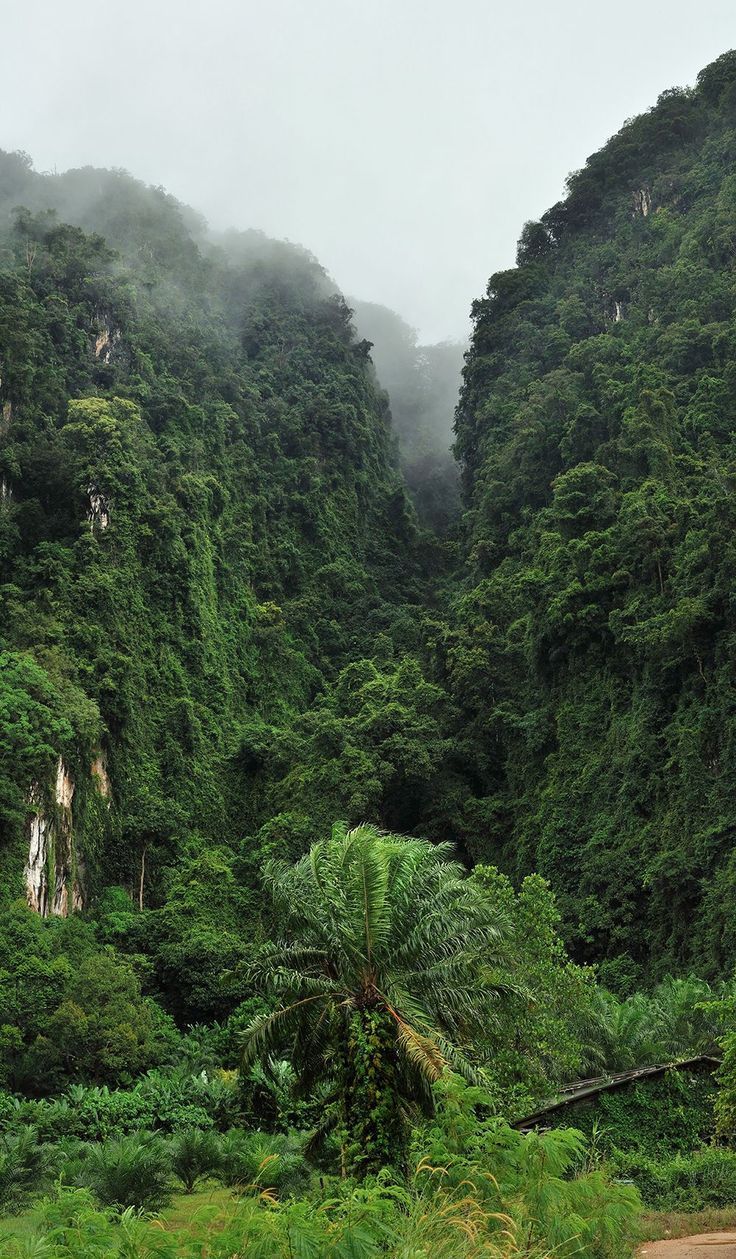History of Amazon rainforest
The Historical Evolution of the Amazon River:
The Amazon River, often hailed as the lifeline of the Amazon rainforest, has a rich and dynamic history that spans millions of years. Understanding the river’s evolution provides insights into the formation of the Amazon Basin and the interconnected relationship between the river and the expansive rainforest it nurtures.
Paleogeographic Shifts: The history of the Amazon River can be traced back to paleogeographic shifts that occurred over geological time scales. Around fifteen million years ago, during the Miocene epoch, the Andes mountain range was formed through the collision of the South American and Nazca tectonic plates. This monumental event played a pivotal role in shaping the course of the Amazon River.
Ancient Westward Flow: During its early stages, the Amazon River is believed to have flowed westward, possibly as part of a proto-Congo river system. This was a time when South America and Africa were still connected as part of the Gondwana supercontinent. The river’s course was influenced by the geological forces that shaped the continent.
Andean Uplift and Eastward Flow: Around ten million years ago, the Andean uplift occurred as a result of the ongoing tectonic activity. This event led to a redirection of the Amazon River’s flow from westward to eastward. The rising Andes mountains and the linkage of the Brazilian and Guyana bedrock shields acted as geological barriers, causing the river to take its eastward course.
Birth of the Amazon Rainforest: The eastward flow of the Amazon River marked the beginning of the formation of the vast Amazon rainforest. The river’s movement carved through the landscape, creating a network of waterways and shaping the diverse ecosystems that characterize the region today. The rainforest, with its unparalleled biodiversity, owes its existence to this significant geological and hydrological evolution.
Impact of Ice Ages: The Pleistocene epoch, characterized by ice ages, had a profound impact on the Amazon rainforest. During periods of glaciation, sea levels dropped, exposing the Central American isthmus. This allowed for the migration of mammal species between the Americas. The ice ages also caused tropical rainforests globally, including the Amazon, to retreat, creating savanna and montane forest patches.
Submersion and Re-emergence: Approximately six thousand years ago, as the ice ages waned, sea levels rose dramatically, causing the Amazon River to be inundated. The vast floodplain created resembled a long, giant freshwater lake. Over time, the ocean receded, exposing the Central American isthmus once again. This cyclical process of submersion and re-emergence played a crucial role in shaping the Amazon Basin’s hydrological dynamics.
Human Influence on Biodiversity: Throughout these geological and climatic changes, human populations have played a role in shaping the biodiversity of the Amazon. Indigenous communities have adapted to the shifting landscapes, influencing the distribution of flora and fauna. The intricate relationship between human societies and the environment highlights the interconnectedness of the Amazon’s ecological and cultural diversity.
Current Challenges and Future Uncertainties: While the Amazon River has navigated through millennia of geological and climatic transformations, it now faces unprecedented challenges due to human activities. Deforestation, climate change, and alterations to river dynamics pose threats to the delicate balance that has sustained the Amazon ecosystem. Understanding the historical evolution of the river is crucial for developing strategies to protect and preserve this invaluable natural heritage.
Conservation Implications: The historical narrative of the Amazon River underscores the resilience and adaptability of the region’s ecosystems. Conservation efforts must take into account not only current environmental threats but also the long-term processes that have shaped the Amazon. Balancing sustainable development with ecological preservation is essential for ensuring the continued vitality of the Amazon River and the surrounding rainforest.
Share this content:




Post Comment